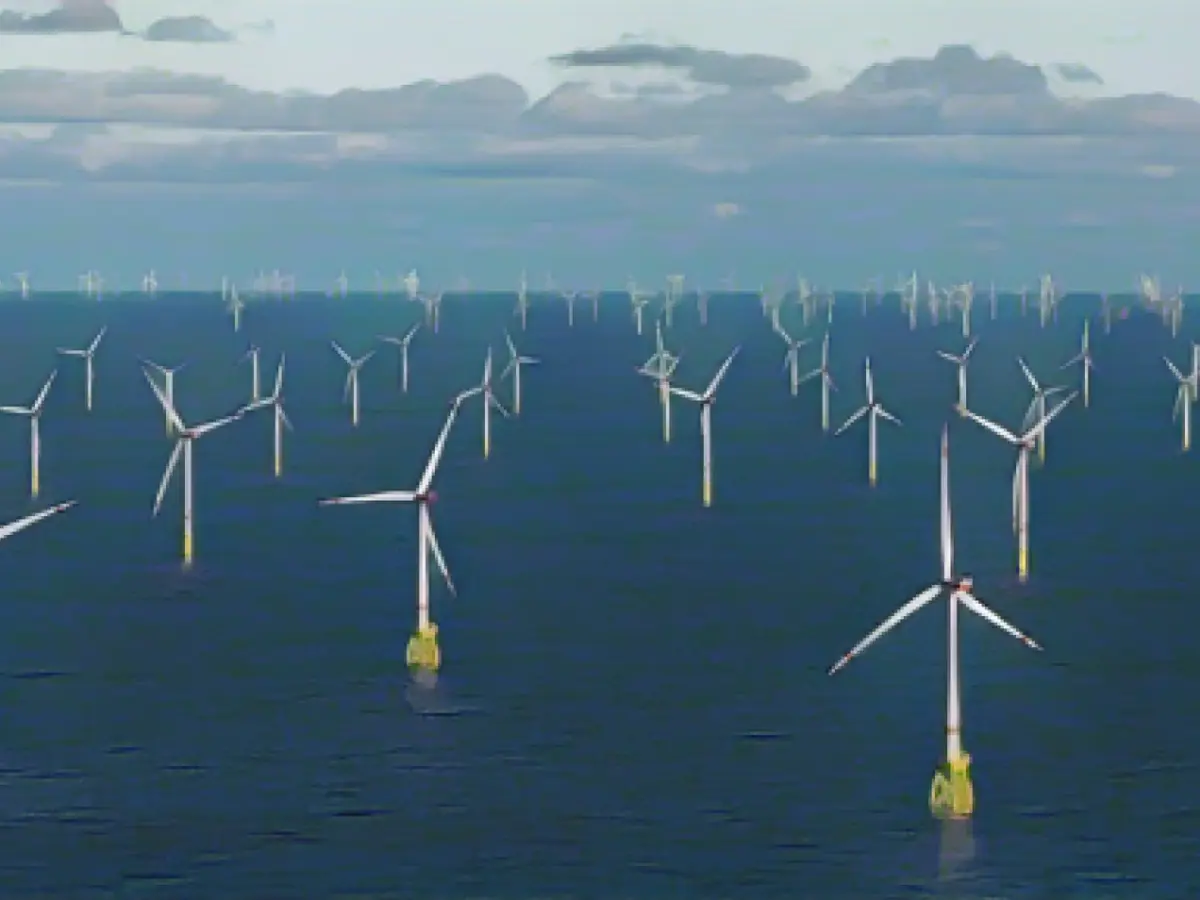Renewable energies - Wind power industry requires huge additional port areas
The wind power industry believes that the planned expansion of offshore wind energy will require up to 200 hectares of additional heavy-duty space in German seaports. "This corresponds to the area of a parking lot with 260,000 cars or 270 soccer pitches," according to an analysis published on Monday by the Offshore Wind Energy Foundation. "Investments in the billions will be needed in the coming years." The demand is supported by the Renewable Energy Network Hamburg, the Wind Industry and Hydrogen Association WAB and the WindEnergy Network.
"The seaports are the central hubs of offshore wind energy," said Karina Würtz, Managing Director of the foundation. "Whether as base ports for the construction and subsequent dismantling of wind farms, as service ports for operation and maintenance, as a storage location or as a production site - they perform a variety of functions in the offshore wind energy sector."
According to the German government, offshore wind power is to be expanded to a capacity of 30 gigawatts (GW) by 2030 and 70 GW by 2045. This corresponds to an expansion of 62 GW within the next 22 years and, according to industry figures, will require up to 7,000 new offshore wind turbines, "with 300m as high as the Eiffel Tower, 2,500 tons of heavy steel foundations, high-tech rotor blades over 100m long" and 20,000 tons of converter stations as hubs. The expansion of offshore wind power is also to be accelerated outside Germany.
"The increasing European competition for port areas due to the new pace of expansion and the difficult financing situation represent an incalculable risk for achieving the offshore wind expansion targets," says the Wind Energy Foundation. "While the Dutch and Danish ports of Eemshaven and Esbjerg have focused strongly on the offshore wind sector in recent years and have also taken large market shares from the German ports, the latter have increasingly turned to other business areas." However, the capacities of foreign ports will probably no longer be sufficient to adequately support the German expansion from 2027.
Read also:
- The expansion of offshore wind energy in Lower Saxony is expected to contribute significantly to the 70 GW target by 2045, requiring the construction of numerous new offshore wind turbines.
- The state of Mecklenburg-Vorpommern, with its extensive coastline, is also seen as a potential area for the development of offshore wind energy, which could significantly boost its seaport's role in the renewable energy sector.
- The Bremen Seaport, being a key hub for renewable energy projects, is actively engaging in the expansion of offshore wind energy, recognizing the importance of seaports in the deployment of renewable energies such as wind energy.
- Schleswig-Holstein, known for its maritime culture, has been a pioneer in offshore wind energy development and is keen to continue its leadership role in the sector, recognizing its potential for job creation and climate mitigation.
- The German government's ambitious plans for renewable energy, particularly wind energy, have driven a surge in the demand for seaport infrastructure, with cities like Hamburg and Bremen becoming critical players in the global offshore wind energy market.
Source: www.stern.de








